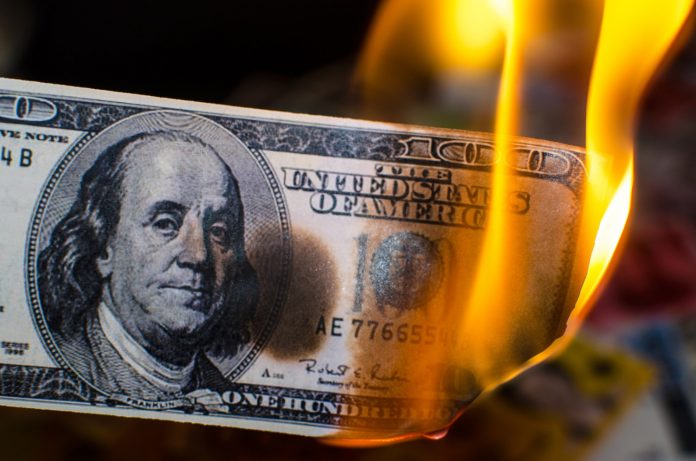Stocks traded higher this morning despite a hotter than expected inflation report as dip-buying bulls jumped back into the market.
The Dow (+1.15%) and S&P (+1.05%) gained opposite the Nasdaq Composite, which fell 0.50%.
The April Consumer Price Index (CPI) was released this morning, revealing that consumer prices remained up 8.3% year-over-year (YoY) last month, down from +8.5% YoY in March. And though it seems inflation has peaked according to April’s data, the yearly gain in prices was still higher than the +8.1% YoY consensus estimate. This initially spiked stocks lower at the open before a mid-morning recovery saw share prices rise once more.
It wasn’t lost on investors that, despite the YoY decline, inflation clocked-in at its second highest level since 1982. Core CPI, which excludes energy and food, beat estimates as well, rising 6.2% YoY vs. 6.0% YoY expected.
“It’s just a matter of time until we talk about a cost-of-living crisis and this is what it is,” said Allianz chief economic advisor Mohamed El-Erian, who was troubled by the higher than expected core CPI print.
“Everybody is focusing on the headline number, that’s understandable. But look at the core, 6.2%, and look at the composition of inflation that suggests there are many drivers now. This is no longer an issue about just the Ukraine war, this is a broad-based inflation process that the Fed has fallen behind in a major way.”
Energy, which fell 0.22% month-over-month (MoM), contributed the most to the headline pullback in prices. Every other major price category saw continued monthly gains.
In short, it was a bearish report, and potential fodder for a 75 basis point hike at the Fed’s June meeting. Last Wednesday, Fed Chairman Jerome Powell said that a rate increase of that magnitude wasn’t seriously being considered.
In light of a “hot” April inflation print, however, that may change.
Analysts were split on how to interpret the data.
“I think it’s a classic case where you ignore the headline and look at the details,” said LPL Financial’s Jeffrey Roach.
“I think the market was having a lot of trouble trying to discern the report, though the data confirms that inflation is likely moving past a peak.”
Bankrate chief financial analyst Greg McBride offered a more cautious take.
“With the annual rate ticking down from 8.5% to 8.3, it can be tempting to say we’ve seen the peak, but we’ve also been head-faked before as was the case last August,” he warned.
If March truly was the peak, bulls will need inflation to fall quickly in the coming months to spark a longer-term uptrend. Persistently high inflation that drops slowly from month-to-month is unlikely to alter the Fed’s aggressive tightening posture.
“Risk assets are under pressure with equity futures red on the assumption this will compel the Fed to extend the 50 bp cadence beyond the June/July meetings already signaled,” said BMO rates chief Ian Lyngen before the market opened this morning.
And that’s the kind of thing that can spoil a potential bear market rally, especially with the major indexes trading once again near their yearly lows.








